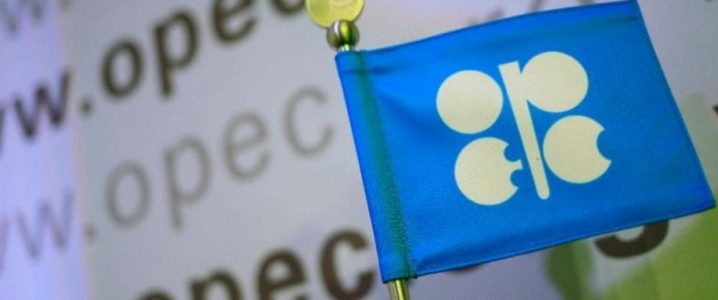OPEC+ Under Produces Quota Despite Calls For More Oil

The OPEC+ group saw its overall compliance with the collective oil production cuts at 115 percent in September, a delegate told Argus on Monday, down from the 116-percent compliance in August, but still higher than the market had hoped, with some members of the alliance failing to ramp up production in line with their quotas.
The high compliance rate despite the monthly easing of the cuts by 400,000 bpd from the OPEC+ group suggests that not all members of the pact are capable of raising supply as quickly as their quotas under the deal stipulate.
According to Bloomberg’s estimates, if all members of the OPEC+ alliance stuck to their respective production ceilings in September, the overall production of the group would have been 747,000 barrels per day (bpd) higher than what it was.
OPEC+ was pumping 15 percent less crude oil than its overall production quota for September, delegates familiar with the output numbers told Bloomberg on Monday.
For several months now, some OPEC+ members—including OPEC’s Angola and Nigeria and non-OPEC’s Azerbaijan—have struggled to raise their oil production to the highest possible level allowed under the deal. The struggles have come from technical issues, a lack of investments, and lower exploration efforts in recent years.
The 115-percent estimated compliance of the OPEC+ producers in September is just a preliminary figure, which will be reviewed and amended if necessary by the Joint Ministerial Monitoring Committee (JMMC) in early November, before the monthly OPEC+ meeting of the ministers on November 4.
For November, the required crude oil production from OPEC and its non-OPEC allies led by Russia is 39.694 million bpd, after OPEC+ decided to stick to the plan to ease the collective cuts by 400,000 bpd next month.
If the OPEC+ group continues to under-produce compared to its overall quota, it could leave the oil market tighter than previously forecast.




